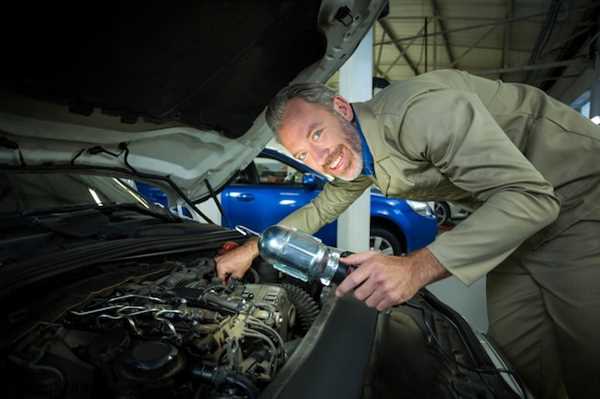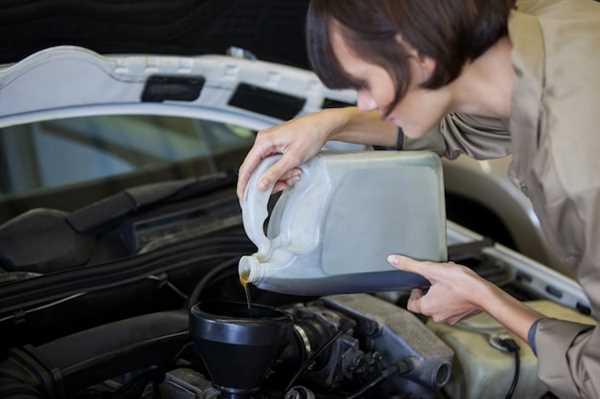

Utilizing high-quality wiper blades can significantly increase clarity during rain or snow. Regular maintenance ensures optimal performance, while replacing them every six months is recommended for maximum effectiveness. Additionally, choosing the right windshield washer fluid can also enhance the ability to see clearly; opt for products that work effectively in low temperatures and remove grime efficiently.
Another practical approach involves using fog and driving lights. These lights are designed to illuminate the road directly in front of the vehicle, reducing glare and enhancing perception in challenging atmospheres. Positioning and adjusting these lights correctly can make a remarkable difference in overall awareness.
Maintaining a safe distance from the vehicle ahead becomes even more crucial under limited illumination. Increase following distances, as stopping distances extend when roads are slick. Furthermore, employing defensive driving techniques can prepare one for unexpected maneuvers by other drivers who may not see as clearly.
Finally, adjusting the speed to match the current surroundings cannot be overstated. Slowing down and taking extra precautions ensures that both the driver and fellow road users are safer, despite the challenging circumstances. Practicing all these recommendations can dramatically improve safety on the road during inclement times.
Utilizing Advanced Headlight Technologies for Improved Night Visibility

Adaptive headlights significantly enhance illumination by adjusting the beam angle based on steering input. This ensures that curves and turns are adequately lit, giving better insight into the road ahead, which is a paramount aspect of road safety.
Adaptive Front-lighting Systems (AFS) react to driving speed and steering, enhancing illumination in various scenarios, including winding roads and intersections. Utilizing this technology can help spot potential obstacles early, improving safety ratings for both the vehicle and its occupants.
LED headlights provide a stronger, whiter light compared to traditional halogen bulbs, allowing for better contrast and greater clarity at night. Their longevity and lower energy consumption also contribute to overall vehicle performance and reliability.
Matrix LED technology adjusts individual LEDs based on the surroundings, effectively eliminating glare for oncoming traffic while maintaining optimal illumination for the driver. This can significantly reduce the risk of accidents at night.
Deploying high-intensity discharge (HID) lights can further enhance nighttime illumination. These systems produce a much brighter light that reaches further and illuminates wider areas, making it easier to identify hazards well in advance.
Choosing models equipped with automatic light sensing technology ensures that headlights activate as needed, enhancing safety without requiring any action from the driver. This responsiveness can be crucial during dusk and dawn, times when visibility can suddenly change.
Regular maintenance and proper alignment of headlights maximize their efficacy. Misaligned headlights can create blind spots and diminish overall illumination, compromising safety on the road.
Implementing Proper Windshield Maintenance and Wiper Techniques
Regular inspection of the windshield is critical for maintaining safety. Check for chips or cracks, and repair them immediately to prevent larger issues. A smooth, undamaged surface is crucial for clear sight during rain or snow.
Replace windshield wipers every six to twelve months. Over time, the rubber can degrade, impacting their ability to clear water effectively. Ensure the wipers you choose are compatible with your vehicle.
Before using the wipers, make it a habit to clear any debris from the glass. A build-up of leaves or dirt can scratch the surface and hinder the wipers’ performance.
Use the correct washer fluid. Opt for a fluid specifically designed for your climate, incorporating antifreeze ingredients in colder regions to prevent freezing.
Keep the wiper arm clean and free from obstructions. Dust or grime can interfere with the arm’s motion, leading to streaks and inconsistent performance. Regularly wipe the wiper blades with a soft cloth to maintain cleanliness.
Test the wiper operation periodically. If you notice skipping, chattering, or streaking, it’s time for replacement. Such issues directly affect your line of sight and compromise road safety.
During heavy precipitation, use windshield wipers at the highest setting. This maximizes performance, ensuring as much moisture as possible is removed for optimal clarity.
Refrain from using wipers on a dry windshield. This practice can cause damage to the blades and windshield, ultimately detracting from safety.
Implementing these practices will significantly improve your ability to see clearly during inclement situations, enhancing overall driving safety.
Adapting Driving Behavior and Techniques in Adverse Weather

Reduce speed significantly. Higher rates during rain, snow, or fog increase stopping distances and diminish control over the vehicle.
Increase the following distance. Doubling the standard two-second rule is advisable to allow for unexpected stops or skids.
Utilize headlights effectively. Keeping low beams on enhances clarity during fog and heavy rain, minimizing glare.
Apply smooth actions with steering and braking. Abrupt movements can lead to loss of traction, especially on slick surfaces.
Engage proper tires. Ensure that tread depth meets safety standards to enhance grip. Consider winter tires in cold climates.
Stay alert to road signs indicating conditions. Adjustments to routes may be necessary when hazards are present.
Employ windshield wipers and defogging systems efficiently. Clear vision is critical, so maintain equipment in optimal condition.
Practice patience. Avoid aggressive maneuvers, such as overtaking, that might pose risks in low traction scenarios.
Monitor weather forecasts closely. Awareness of changing conditions can inform decisions regarding travel and timing.
In multi-lane situations, refrain from using cruise control. Maintaining control is crucial in unpredictable environments.






